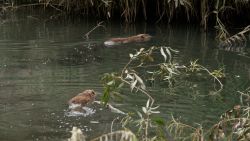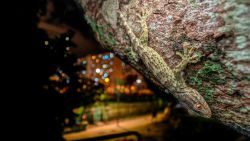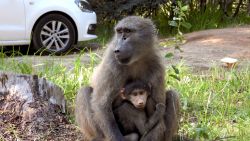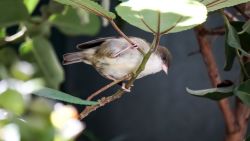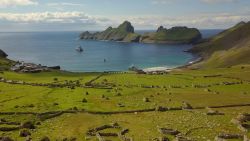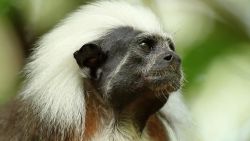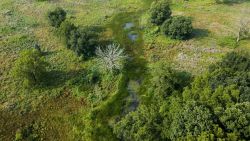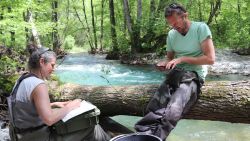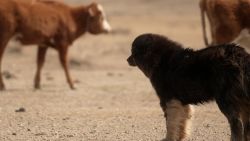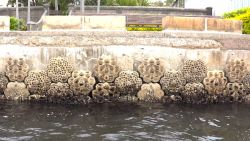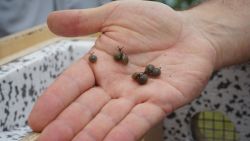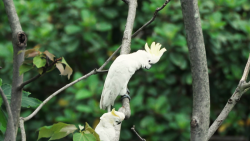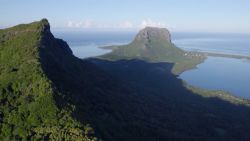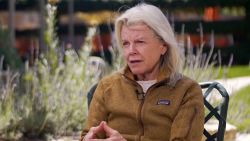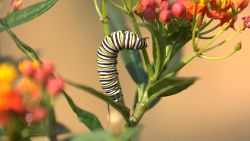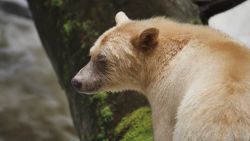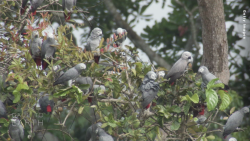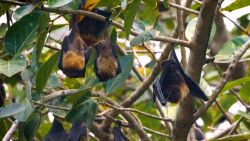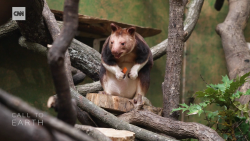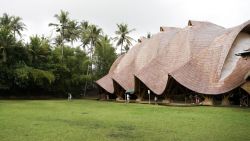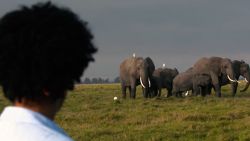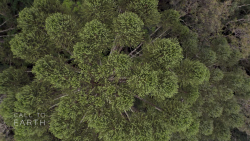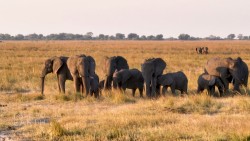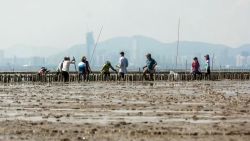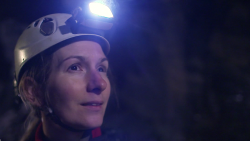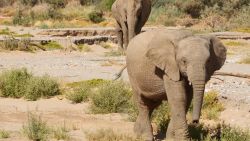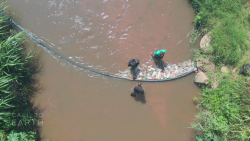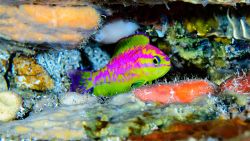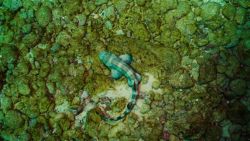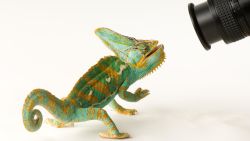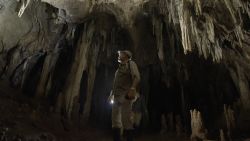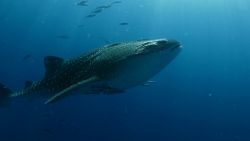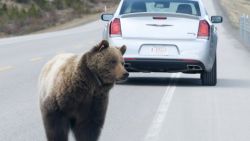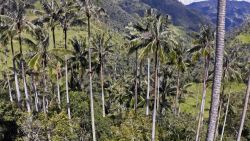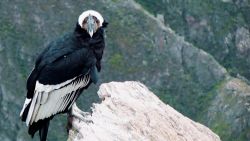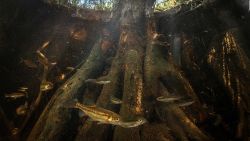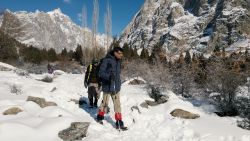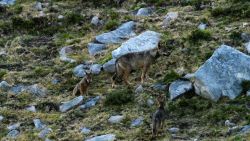Beads of sweat form on Cynel Moundounga’s brow as he repeatedly rams a steel rod into an Okoume tree. Each strike of his mallet cuts through the relative quiet of the world’s second-largest tropical rainforest. When the researcher switches to a sledgehammer 10 minutes later, the echo grows even louder.
A bystander might assume that Moundounga’s relentless hammering was damaging what is one of Gabon’s most commonly logged trees, but his work in the Congo Basin is not only harmless – it could protect trees around the world against the illegal logging that threatens the planet’s forests.
Find out more about Call to Earth and the extraordinary people working for a more sustainable future
Moundounga is an independent consultant collecting tree samples for World Forest ID, a global project that is trying to create an ironclad way to determine the origin of wood products. If successful, it could transform the timber sector by making it easier to prosecute illegal loggers.
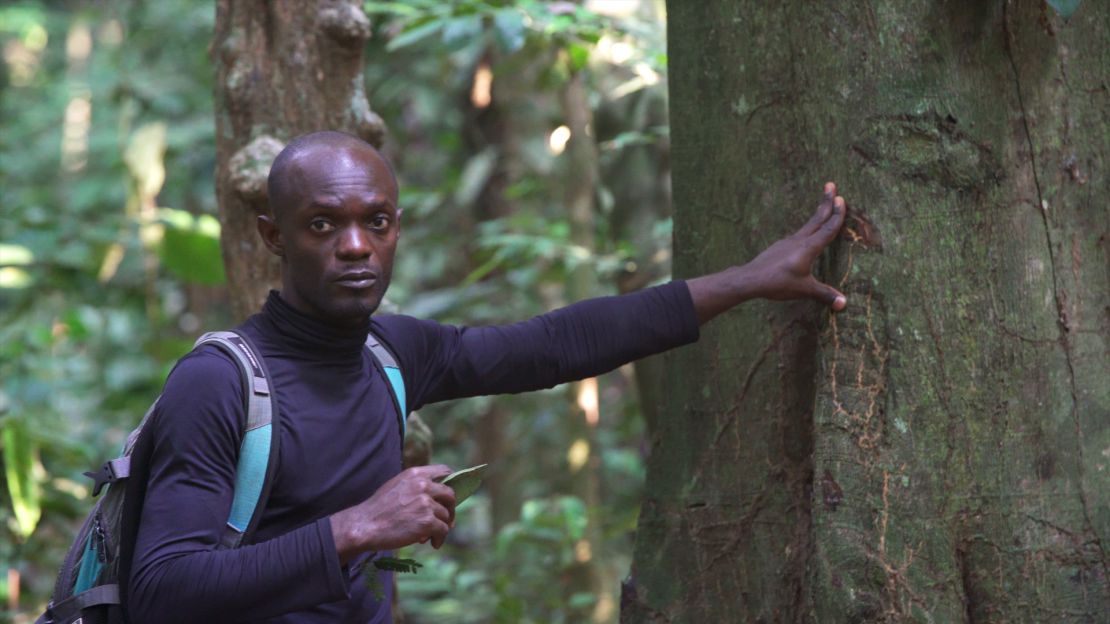
“Within 10 years, we think that with any wood product you will be able to test and know where it came from,” one of the project’s co-leaders, Phil Guillery, told CNN. “This is the first time where we have the ability of irrefutable evidence that can be… presented in a court.”
Illegal logging
International agreements and national laws restrict the trade in certain tree species from certain countries. To enforce these restrictions, it’s vital to be able to identify exactly where timber comes from, but most illegal loggers get away with the crime because law enforcement officials have such a difficult time tracing a wood product back to its origins.
An estimated 15 - 30% of globally traded timber violates either national or international laws, according to Interpol. The World Bank estimates that every two seconds, forest the size of a football field is lost to illegal logging.
Forests are not only home to 80% of the world’s land-based species, but they act as a carbon sink by removing CO2 from the Earth’s atmosphere. Tropical tree cover loss causes more carbon emissions each year than 85 million cars would in their entire lifetime, according to World Resources Institute.
Read: Old cell phones are spying on illegal loggers
Current monitoring methods rely on paperwork. Manufacturers are supposed to prove that they’ve conducted due diligence on their supply chains through documentation, which experts say can be unreliable – especially since a single piece of plywood, for example, can contain many types of tropical timber.
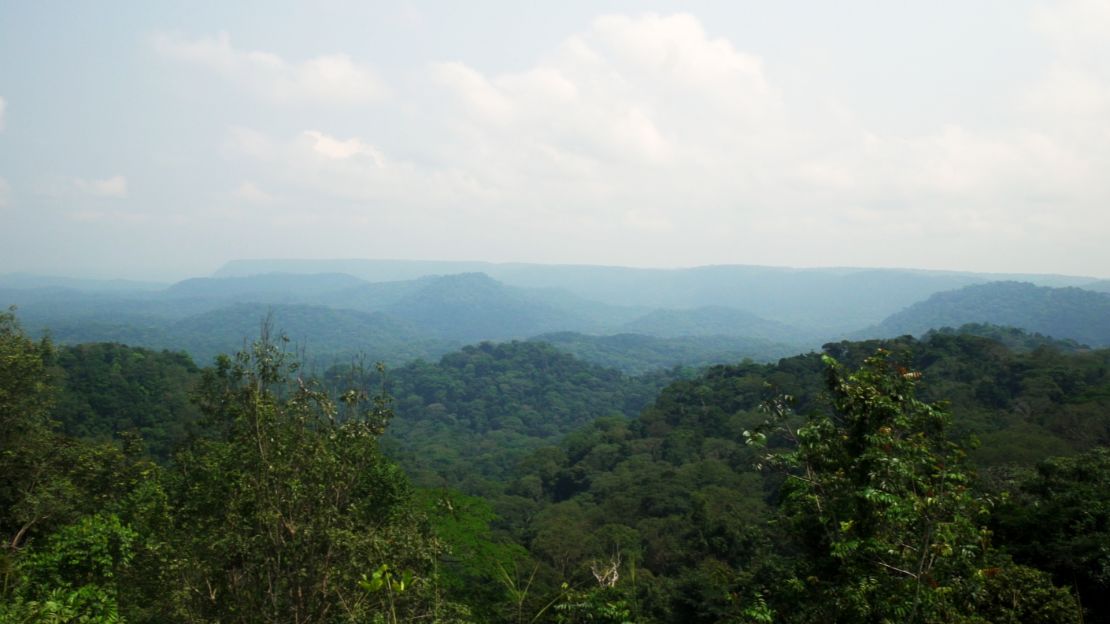
“The difficulty with maintaining the paper trail is that it’s easy… to counterfeit,” said Guillery, who is supply chain integrity director at the Forest Stewardship Council (FSC), a non-profit that promotes responsible forest management. “It’s very hard to actually prove that wood did come from illegal practices.”
But Guillery believes World Forest ID will be able to eliminate this ambiguity. By combining cutting-edge science with a comprehensive tree library, the team aims to create a universal resource that can be used in court.
Read: Bringing back bison to restore America’s lost prairie
This database could increase the number of criminal logging cases and decrease the time it takes to prosecute them.
“It’s much like DNA evidence [in] a criminal prosecution,” explained Guillery. “They can look at the… DNA, but they have to have a database of suspects to compare it to. So we need that database of wood samples.”
Responsible timber
Forests cover about 85% of Gabon, but the country has a complicated relationship with the timber trade. Selective logging (cutting down particular tree species while leaving the others) is one of the biggest sources of deforestation in Gabon, according to a study from the University of Maryland. But the industry is also one of the country’s biggest exports.
Read: Gabon’s tricky balancing act with a growing timber industry and the environment
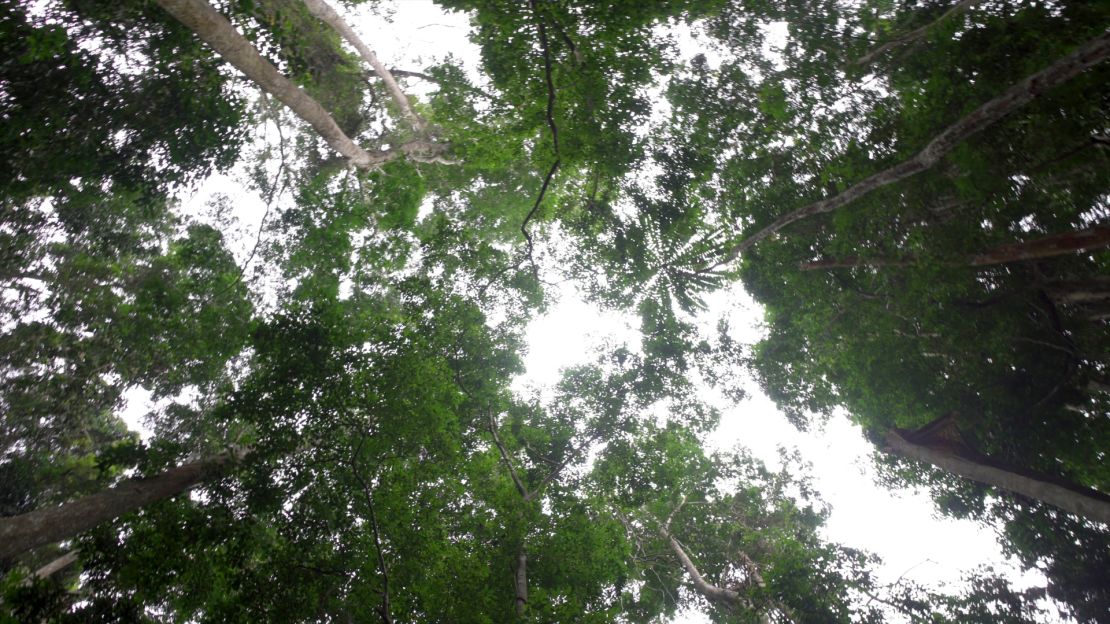
That’s the reason why Moundounga – who grew up in Gabon and has dedicated his life to preserving the country’s trees– joined this project. He doesn’t believe that logging should simply cease altogether, but that people who participate in the timber trade do so responsibly.
Moundounga spent two weeks collecting samples in the country’s small corner of the Congo Basin. Together with American Emily Crumley, from the FSC, he gathered about 48 specimens from nine types of trees.
Read: Thousands have stopped flying because of climate change
Crews like this reflect World Forest ID’s international scope. The consortium is composed of more than a dozen organizations based around the globe, from government agencies and NGOs to academic institutions and private companies.
The FSC, a global body that certifies sustainable wood companies and products, is largely responsible for collecting the samples. Its network of nearly 490 million acres of certified forests allows easy access to the world’s most threatened and commonly traded trees.
So far, teams have collected tree cores in nations they say are at high risk of illegal logging, such as Peru, Nicaragua and the Solomon Islands. The US State Department has provided funding for collection expeditions in 21 additional countries next year.
A library of trees
The team has tested several different types of samples, but ultimately found the best solution to be a 11 cm long chunk of wood that is acquired by researchers like Moundounga hammering a steel punch into a tree.
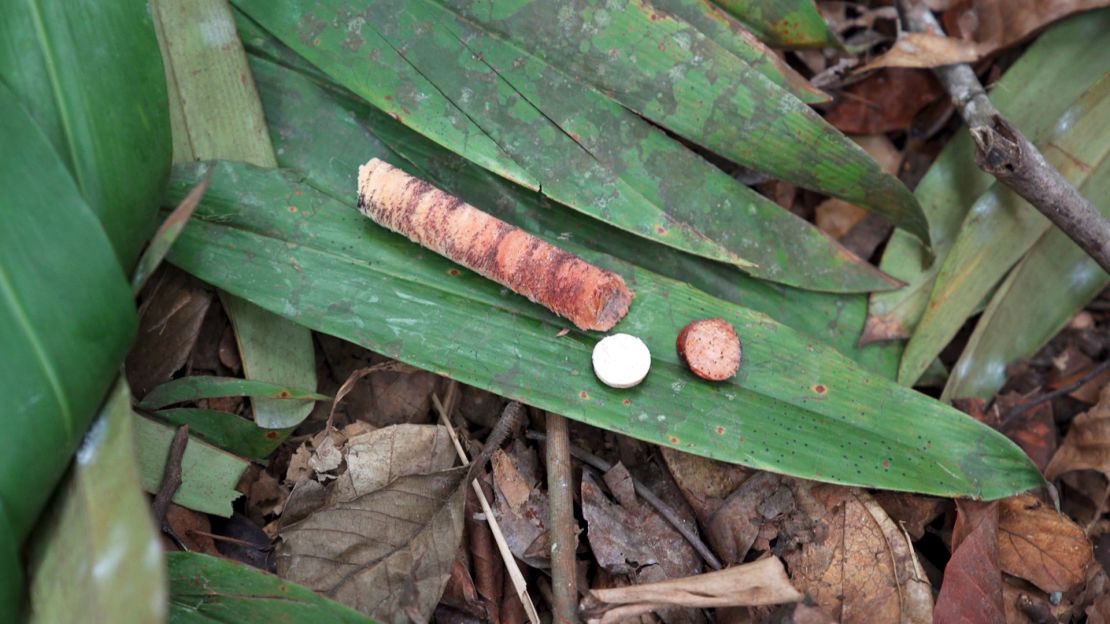
London’s Royal Botanic Gardens in Kew will store the samples in its library, which aims to one day house all threatened species or those at risk of being logged illegally.
This historic institution is already home to one of the world’s largest and most diverse wood collections but World Forest ID’s database stands apart because of its modern collection methods. Each sample is geolocated and precisely packaged to ensure that officials can use it for years to come.
“We have in the lab here quite a lot of samples of teak, for example, which comes from Burma and Thailand, but it’s grown all over the tropics. And our samples may well just say ‘Burma’ on them,” said wood anatomist Peter Gasson, who works at the Royal Botanic Gardens, of its existing library. “That’s not really good enough… for saying, ‘it came from precisely this location.’”
Gasson will use DNA testing to help identify each species. But the final piece of the puzzle – proving the provenance of a particular piece of wood – will fall to Markus Boner. He specializes in a type of testing called stable isotope ratio analysis, which can determine an item’s origin.
Although several companies conduct this type of analysis on food, Boner claims that the business he founded, Agroisolab, is one of the only companies using it on timber.
Boner believes that if law enforcement authorities can use World Forest ID to identify illegal loggers, then the threat of prosecution will prompt the industry to regulate from within.
“I hope that in the next several years, [this] will become a standard tool for the market to check the origin for timber,” he said.



